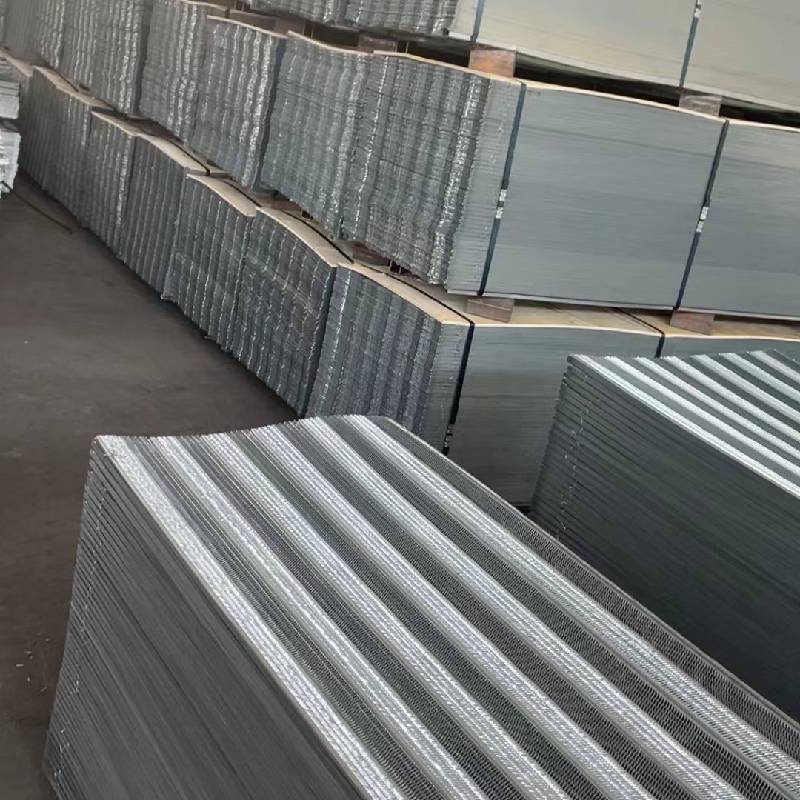
- Mobile Phone
- +8613931874955
- sales@cntcmetal.com
Properties and Applications of Galvanized Steel Wire in Various Industries
The Versatility and Applications of Galvanized Steel Wire
Galvanized steel wire is a prominent material known for its impressive durability and resistance to corrosive elements. It is primarily made from steel that has been coated with a layer of zinc through a process known as galvanization. This treatment significantly enhances the lifespans of steel wires, making them invaluable in a wide range of applications across various industries.
Understanding Galvanization
Galvanization can occur through hot-dip galvanization or electro-galvanization. In hot-dip galvanization, steel is submerged in molten zinc, resulting in a thick, protective coating that tightly bonds to the steel surface. This method creates a more robust barrier against environmental factors. On the other hand, electro-galvanization uses an electrical current to deposit zinc onto the steel, resulting in a thinner, more uniform coating. While both methods offer corrosion resistance, hot-dip galvanization is often preferred for applications requiring maximum durability.
Key Properties
The primary attraction of galvanized steel wire lies in its anti-corrosive properties. The zinc coating protects the underlying steel from moisture, oxygen, and other oxidizing agents that can cause rust and degradation. Additionally, galvanized steel wire is known for its strength and flexibility, making it suitable for various uses where tensile strength and elasticity are crucial.
Galvanized steel wire also exhibits excellent formability, allowing it to be manufactured into various shapes and sizes. This versatility enables its use in products ranging from simple fencing to complex industrial applications, catering to diverse consumer needs.
Applications
Galvanized steel wire finds extensive usage across multiple sectors
galvanized steel wire

1. Construction One of the most significant applications is in the construction industry, where it is used for reinforcing concrete, forming ties, and creating support frameworks. The corrosion resistance of the galvanized coating ensures that the structural integrity of buildings and infrastructure remains intact over time.
2. Fencing Galvanized steel wire is widely used in agricultural and residential fencing. Its strength helps in creating secure enclosures for livestock or to define boundaries, while the zinc coating ensures longevity against the elements.
3. Manufacturing In the manufacturing sector, galvanized wire is often utilized to make various products, including wire mesh, baskets, and other containment solutions. Its durability makes it essential in applications where the wire will face heavy loads or environmental stress.
4. Automotive The automotive industry also relies on galvanized steel wire for various components. The wire is used in cables, springs, and other parts, contributing to the longevity and durability of vehicles.
5. Crafts and DIY Projects For hobbyists and DIY enthusiasts, galvanized steel wire is a popular choice for creative projects. Its malleability allows for intricate designs while ensuring the finished products remain robust and weather-resistant.
Environmental Considerations
In recent years, there has been a growing emphasis on sustainability and eco-friendliness in materials used across industries. Galvanized steel wire has a relatively low carbon footprint compared to other materials due to its longevity and recyclability. Once the wire reaches the end of its life cycle, it can be melted down and reused in the production of new steel products, further enhancing its sustainability profile.
Conclusion
In conclusion, galvanized steel wire is a multifaceted material prized for its strength, durability, and resistance to corrosion. Its wide-ranging applications across construction, manufacturing, and DIY projects make it an essential component in modern life. As industries continue to prioritize sustainable practices, galvanized steel wire stands out as a resilient solution that meets both functional and environmental needs. Whether reinforcing structures or creating art, the utility of galvanized steel wire is undeniable, demonstrating its critical role in contemporary society.
share:
-
Wall Ties for Concrete: Invisible Guardians of Building Structural StabilityNewsAug.08,2025
-
Timber Frame Wall Ties: Stable Bonds for Load TransmissionNewsAug.08,2025
-
Stainless Steel Woven Wire Mesh: A versatile material from boundary protection to functional supportNewsAug.08,2025
-
Powder Coat Coil Springs: Creating peace of mind and reliability with sturdy protectionNewsAug.08,2025
-
Floor Standing Sign Holder: A Powerful Assistant for Flexible DisplayNewsAug.08,2025
-
Binding Iron Wire: An Invisible Bond for Building StabilityNewsAug.08,2025
-
Yard Sign Stakes: Reliable Guardians of Outdoor SignsNewsAug.04,2025



















